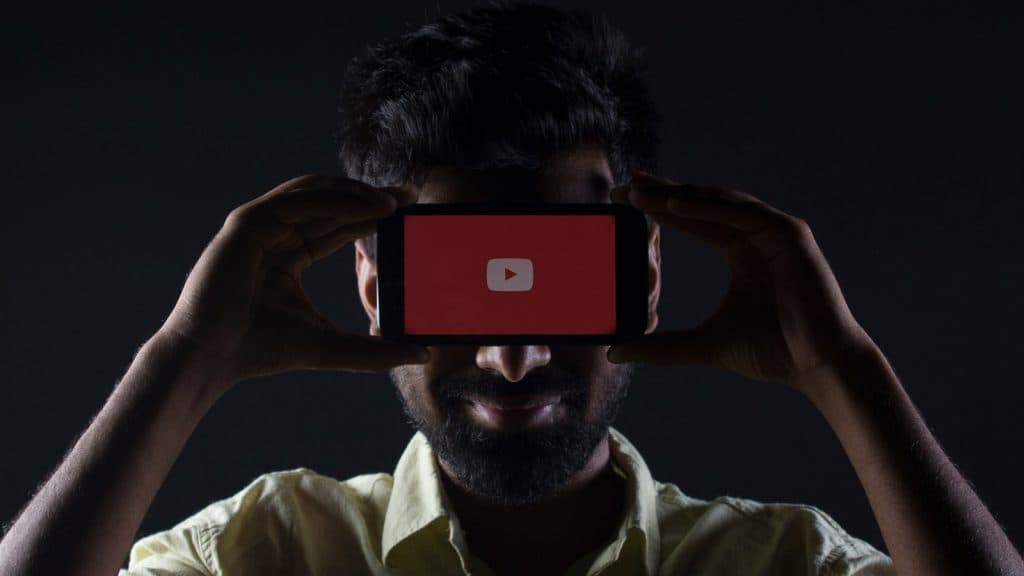YouTube’s age estimation system is coming to the United States and even if you’re well over 18, you might soon have to show Google your ID to prove it.
Starting August 13, YouTube will roll out its age estimation model in the US to determine if a user is under 18, regardless of the birthdate tied to their Google account.
The model uses AI and a range of signals — including YouTube activity and account age — to guess a user’s actual age. It will also base its decision off the types of videos a user is searching for and the categories of videos they have watched.
If it decides you’re a teen, YouTube will automatically apply content restrictions and digital wellbeing tools, limit personalized ads, and reduce exposure to “problematic” content.
The Google-owned platform acknowledges that it could get estimations wrong, or at least acknowledges that users may “believe” they got it wrong.
“You’ll have the option to verify your age (through government ID, selfie, or a credit card) if you believe our age estimation model is incorrect,” YouTube explained in a new support update.
YouTube adds age protections despite recent backlash
These teen protections aren’t new, but now they’ll apply to a broader range of users thanks to this tech.
“YouTube has used this model in other countries for some time,” the company said, adding that the rollout in the US will be gradual. But the move could spark privacy concerns, especially since getting flagged could require adults to send personal documents to Google just to access certain content.
The new system comes as age verification has caused a brouhaha in the UK, where users have been required to verify their age to access mature content across websites. Despite over 350,000 people signing a petition urging the UK government to repeal the Online Safety Act, the Labor government says it has no plans to repeal it.
Some users have protested by spoofing verification systems, including using high-quality renders of Norman Reedus’ character in Death Stranding to trick facial recognition.
As YouTube doubles down on youth safety, creators and viewers alike are bracing for tighter content controls and more awkward ID uploads.
Content shared from www.dexerto.com.

